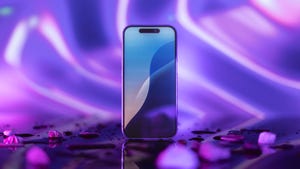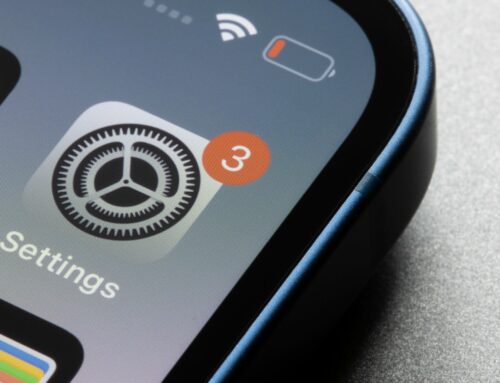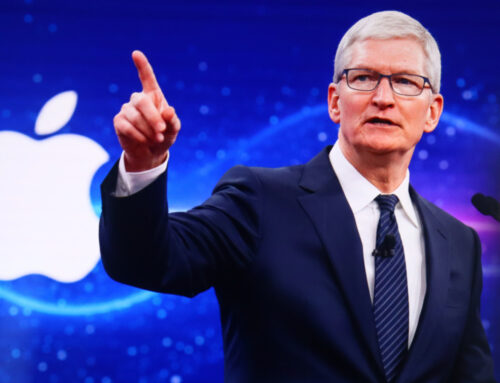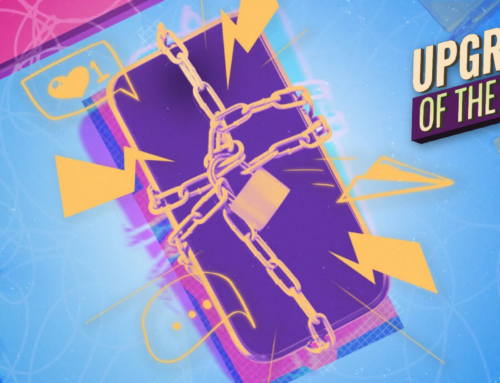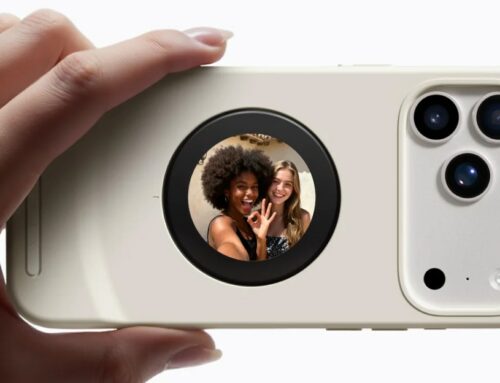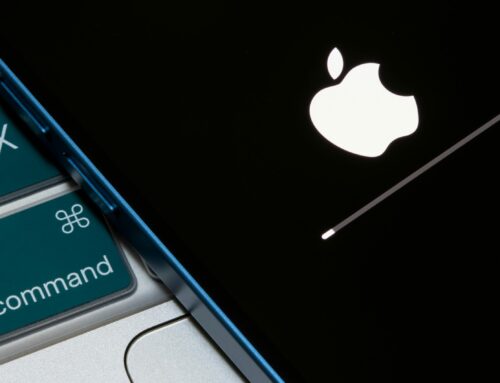Commentary: The iPhone 17 will likely launch in September, and there’s one upgrade that’s long overdue. (No, it’s not the cameras, design or battery).

Leaks about the iPhone 17 have been pouring in for more than a year. We’ve seen reports of a new selfie camera, faster MagSafe charging and a new purple (or green) color. We’ve even heard rumors that Apple might change how frequently it launches new iPhone models, from once a year to twice.
But when the iPhone 16 debuted, there was criticism aimed at its screen. The phone starts at $829 and still has a 60Hz display, despite most phones from competitors having high-refresh-rate screens topping off at 90Hz or 120Hz, which gives a smoother scrolling effect that just looks premium. Given that Pro models have had higher screen refresh rates for years, it’s been frustrating to see Apple not bring the feature to lower-end models.
At a time when Apple is under pressure from a US Department of Justice antitrust lawsuit; facing criticism from shareholders and media about being “behind in the AI race” with Apple Intelligence; and dealing with threats from President Donald Trump about adding a tariff to the iPhone if manufacturing isn’t relocated to the US, the company’s next iPhone launch will be a pivotal moment.
The burden is on Apple to deliver an exciting iPhone 17 lineup that includes big changes to the iPhone Pro models as well as a new iPhone Air version. But the “regular” base iPhone is due for some TLC, especially its display. Fortunately, there are three rumors circulating that point to the iPhone 17’s screen coming with a sizable update. Taken together, they suggest the screen on the iPhone 17 could be one of the largest updates to a base iPhone display in a long time.
Apple hasn’t announced anything yet or confirmed any of these rumors. And we won’t know what’s what for certain until the next iPhone is officially released. For more leaks, check out CNET’s iPhone 17 rumor roundup.
The iPhone 17’s 6.3-inch display
The iPhone 16 Pro has a 6.3-inch display.
James Martin/CNETThe regular iPhone, dating back to the iPhone 12, has had a 6.1-inch screen. The iPhone 16 has one despite the iPhone 16 Pro rocking a 6.3-inch display. But the iPhone 17 will get a similar 6.3-inch display, according to a post on X from supply-chain analyst Ross Young. This is bad news for small-phone fans, though 6.1 inches was already well beyond the 5.4-inch screen found on the iPhone 12 Mini and 13 Mini.
If the increased screen real estate comes from shrinking the bezels around the display, like Apple did with the iPhone 16 Pro, it should mean that the iPhone 17 itself will be relatively the same size as the iPhone 16.
The iPhone 17’s high-refresh-rate display (120Hz)
The Razer Phone had a screen that was ideal for gaming and that ended up being the de facto standard on most phones today.
Josh Miller/CNETIn 2018, the Razer Phone debuted with the first-ever high-refresh-rate display. Other phones at the time had screens locked at a static 60Hz. The Razer Phone was aimed at gamers, and having a screen with a high refresh rate made gameplay look more immersive. It also made mundane things, like system animations or scrolling a social or news feed, look smooth and dynamic.
In 2025, nearly every major phone, including cheap ones costing less than $300, has a 90Hz or 120Hz screen — well, except the iPhone. Apple first added Pro Motion displays (its name for a high-refresh-rate screen) in 2021, to the iPhone 13 Pro and 13 Pro Max. But non-Pro models still have a static 60Hz display to this day. That should change soon.
The iPhone 17 will have a high-refresh-rate screen, according to a report from 9to5Mac. The story cites an X post from Young that’s since been taken down. It’s unclear if the screen will be identical to the one on the iPhone 16 Pro or if it’ll be something different. But if the iPhone 17 gets an LTPO screen with an adaptive refresh rate (with 1 to 120Hz), that could also mean the “regular” base iPhone 17 will get support for an always-on display. That latter feature debuted on the iPhone 14 Pro and Pro Max, and is absent from the base iPhone 15 and iPhone 16.
The iPhone 17’s new Ceramic Shield
Both photos were taken after seven months of use. The scratches on the iPhone 15 Pro Max (left) really show on the display. The iPhone 16 Pro has a few scratches but has held up much better.
Celso Bulgatti/CNETOne of the sleeper additions on the iPhone 16 Pro was that it got an updated Ceramic Shield (the 16 and 16 Plus didn’t). Just as a reminder, Ceramic Shield isn’t just glass in that it’s composed of nano ceramic crystals embedded in a glass matrix. In my long-term review for the 16 Pro, I found that the updated Ceramic Shield was nearly unscathed after seven months of use, especially compared with my iPhone 15 Pro Max, which had the original version of Ceramic Shield and was covered in scratches after the same amount of time.
The iPhone 17 could get a more scratch resistant display, according to a post from Weibo user Instant Digital. It sounds like this might be different from Ceramic Shield in that it could also have an antireflective coating, similar to the one on the Galaxy S25 Ultra. MacRumors first reported on the rumor and also hedged it, saying the new coating may’ve been scrapped because it proved too complicated to apply at scale.
I doubt the iPhone 17 will get an antireflective screen, but I’d love if it did. I can still hope, though, that its screen comes with a more durable display.

